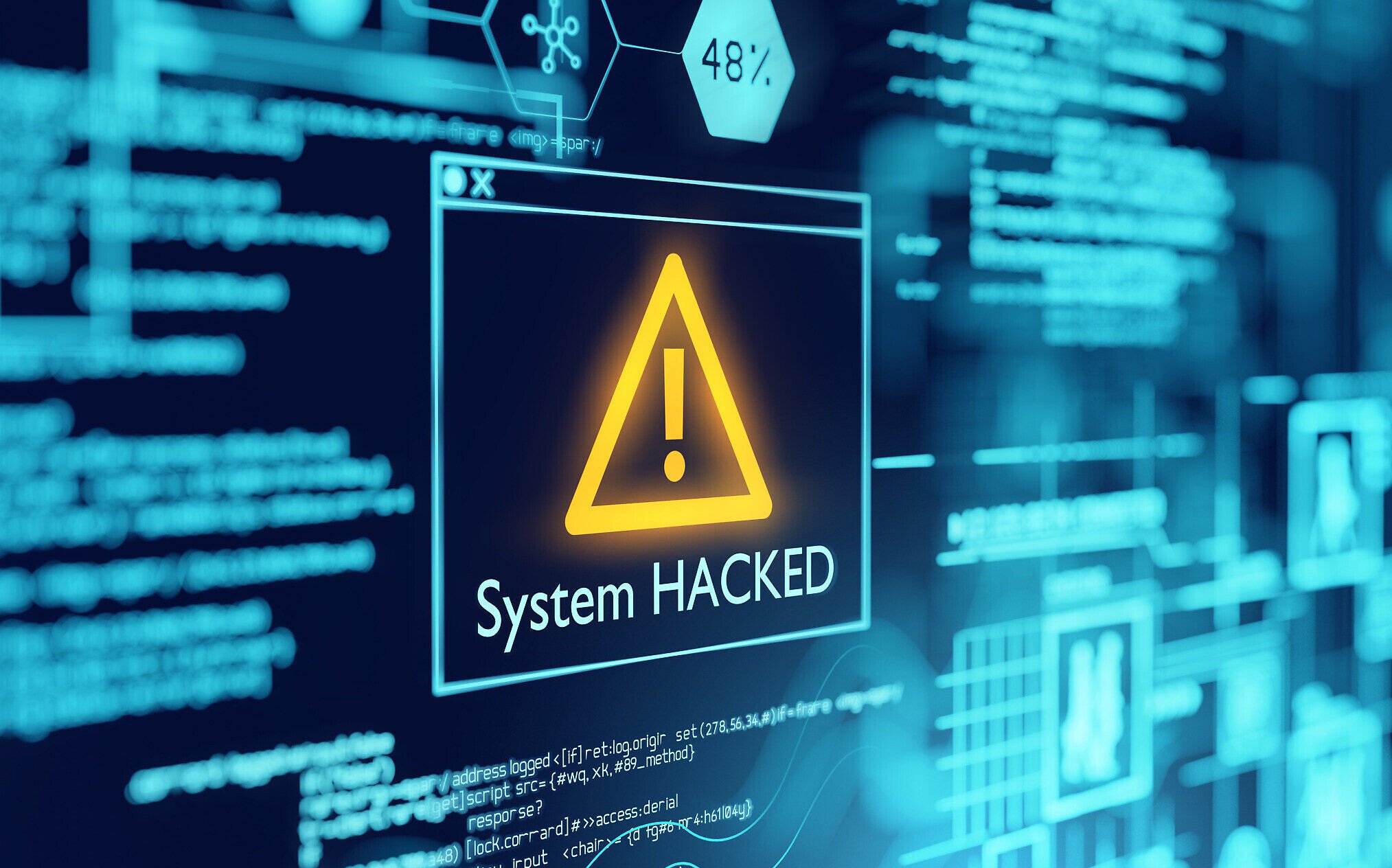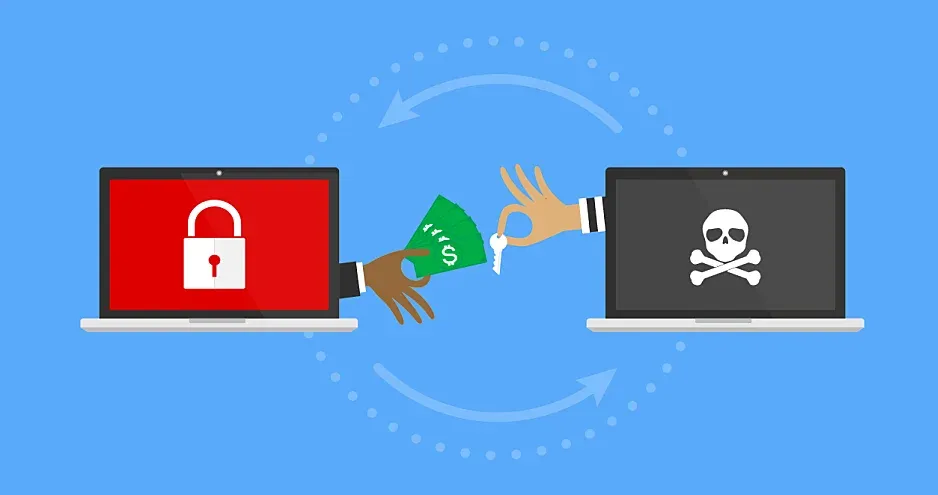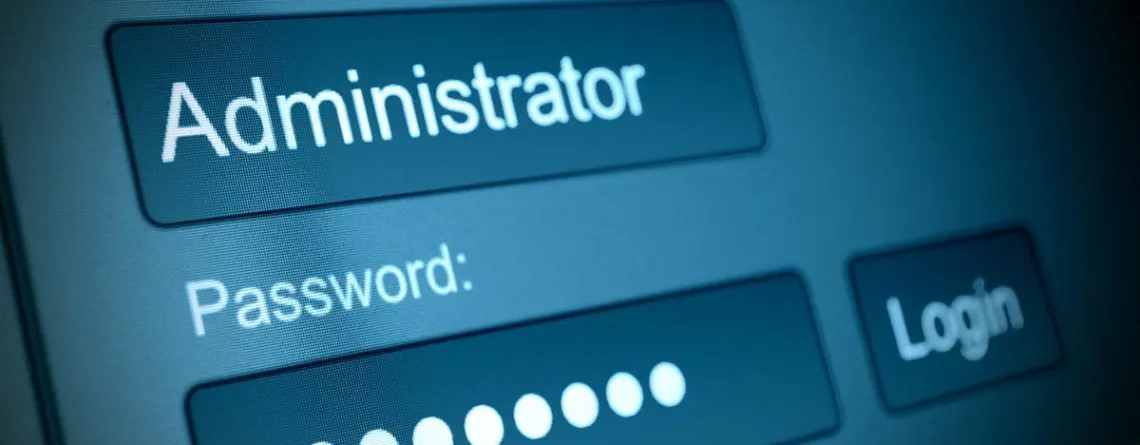The Breach Is Coming: Why Higher Education Must Wake Up to the Cyber Threat
Walk across any college campus and you’ll see what makes higher education so unique: openness. Open networks. Open ideas. Open systems. It’s a culture that celebrates access, collaboration, and innovation. But it’s also a culture that—whether administrators want to admit it or not—is now one of the biggest vulnerabilities in higher education today.
Cybercriminals have taken notice. So have hostile nation-states. Colleges and universities have become high-value, low-defended targets. And yet, for many institutions, cybersecurity remains buried in the IT department or tossed around during annual audits—not addressed in the president’s office or discussed with any regularity at the board level.
Meanwhile, the attacks keep coming.
In the past year alone, some of the world’s most prestigious institutions have experienced crippling breaches. At Columbia University, a politically motivated attacker stole more than 2.5 million records, including Social Security numbers and admissions data. In Australia, Western Sydney University had thousands of student records posted on the dark web. In the U.S. and U.K., more than 90% of higher education institutions reported cyberattacks—ransomware, phishing, denial-of-service, credential stuffing—the list goes on.
But here’s what presidents and provosts must understand: this isn’t just the work of rogue hackers or foreign operatives—it’s a highly organized criminal enterprise operating across borders and demographics.
The New Face of the Threat: Cyber Gangs, Terrorists, and Criminal Networks
Cybercrime has evolved into a professional, profit-driven ecosystem. The attackers targeting your campus today are not hobbyists or isolated actors. They are cyber gangs—often global, sometimes local, and always focused on your systems and your money.
Groups like LockBit, Clop, BlackCat/ALPHV, and Scattered Spider operate as full-scale businesses. They recruit affiliates online, lease out ransomware platforms, and even provide customer service portals for negotiating payment. They specialize in disruption—timing their attacks during exams, admissions cycles, or grant submission deadlines—knowing exactly how to apply maximum pressure.
Some of these gangs operate from abroad—shielded by hostile governments or lawless regions. But increasingly, we’re seeing cyber tactics adopted by domestic criminal networks as well.
According to the FBI and Department of Justice, traditional U.S.-based street gangs—including elements of MS-13, the Latin Kings, and other regional networks—have begun engaging in digital crimes ranging from SIM swapping and unemployment fraud to ransomware deployment and cryptocurrency theft. In some cases, younger members have blended digital attacks with physical crimes like extortion and identity theft, using stolen student and employee data as leverage.
This convergence of cyber tactics and traditional gang structures creates a layered threat: international cyber gangs attacking from abroad, while domestic groups exploit digital tools to fund and coordinate criminal operations at home. Higher education—rich in data, short on defense—is caught in the middle.
The Hidden Bullseye: College Athletics Is a Cyber Target Too
When we talk about protecting higher education from cyber threats, most people immediately think about academic records, research data, or student financial information. But there’s another major target threat actors are watching closely—college athletics.
Athletics is no longer a side activity. It’s a revenue engine, a brand amplifier, and a strategic asset. At many universities, athletic programs bring in tens or even hundreds of millions of dollars annually through ticket sales, broadcasting rights, sponsorships, apparel deals, and—most recently—NIL (Name, Image, and Likeness) partnerships. The stakes are high, and that means the risk is too.
Threat actors know this.
A ransomware attack on an athletic department—timed during March Madness, a College Football Playoff appearance, or even Homecoming weekend—could derail entire operations. Imagine if a cyber gang:
- Locks down playbooks, scouting reports, and video analysis ahead of a televised game.
- Freezes athlete medical records, compliance data, and eligibility documents during NCAA audit season.
- Encrypts NIL contracts, donor files, and ticketing systems right before a major fundraising campaign.
- Hijacks merchandise sales platforms or livestream feeds on game day.
- Leaks confidential recruiting or coaching communications.
These scenarios are no longer hypothetical. The 2020 attack on the Tokyo Olympics, in which Russian-backed hackers attempted to disrupt infrastructure and steal sensitive data, showed the world just how vulnerable major sports institutions are. Even the NBA, NFL, and European soccer clubs have been targeted in recent years, suffering ransomware attacks, extortion attempts, and the theft of private player data.
College athletics is next—not because it’s weak, but because it’s high-profile and high-yield.
And the consequences?
- Revenue loss: Millions lost from canceled games, ticket fraud, or locked merchandise systems.
- Brand damage: National headlines, donor distrust, and long-term erosion of fan loyalty.
- Recruiting setbacks: Leaked information weaponized in recruitment battles or NIL negotiations.
- Legal exposure: HIPAA violations, FERPA complaints, and contract breaches.
- Operational chaos: Game postponements, broadcast disruptions, or campus lockdowns.
Athletic departments often operate their own networks, third-party systems, and payment portals—many of which fall outside the oversight of central IT or CISO governance. That creates a massive blind spot in the institution’s cyber defense strategy.
Presidents and provosts must recognize: athletics is not immune, and it is not prepared. Cybersecurity needs to be part of your athletics risk management plan. That includes incident response training, vendor risk assessments, GRC integration, and clear reporting lines between the CISO and athletic leadership.
This isn’t about protecting a game. It’s about protecting a revenue stream, a reputation, and your institutional identity.
The Missing Piece
The threat isn’t just technology-based—it’s governance-based. Most institutions never built their infrastructure with cybersecurity in mind. They hired talented IT generalists to keep the systems online, support faculty, and push updates to classroom technology. But they didn’t hire for risk. They didn’t plan for attacks. They didn’t treat data governance and compliance as strategic disciplines. And now, they’re behind.
This is where the conversation must shift—from IT budgets to institutional governance.
Cybersecurity is no longer about firewalls and patches; it’s about how we govern our digital assets and protect institutional trust. That’s the heart of GRC—governance, risk, and compliance. These are not technical terms. They are leadership principles. GRC is about aligning your institution’s goals with the digital risks it faces, and putting the right policies, oversight, and people in place to manage those risks before they turn into crises.
Unfortunately, many institutions still don’t have a formal GRC structure. They may have compliance officers in financial aid or research administration, but no coordinated strategy that ties it all together. There’s often no dedicated CISO. No institutional risk register. No regular cyber reporting to senior leadership. Instead, there’s a quiet hope that everything will hold together.
Hope is not a strategy.
What makes this even harder to accept is that the money is often there—it’s just not going to cybersecurity. Campuses are building new dorms, upgrading athletic facilities, and launching capital campaigns. These projects may be valuable, but they reflect a sobering truth: cybersecurity is often seen as a cost center, not a mission-critical investment. That’s a blind spot. Because when a breach happens—when research is stolen, student data is leaked, systems go dark—it doesn’t matter how good the turf is on the practice field.
Presidents and provosts are stewards of their institution’s legacy. They protect not only students and faculty, but the reputation, finances, and public trust of the entire organization. Cybersecurity falls squarely under that responsibility now. It is not a technical issue. It is a strategic one. It is a matter of governance, risk, and compliance. And it’s a matter of time.
The breach is coming. It may not be this semester. It may not even be this year. But unless higher education changes its posture—unless leadership starts taking cyber risk seriously—many institutions will be caught off guard, underprepared, and explaining to parents, students, and donors why they didn’t see it coming.
It’s not a matter of if—it’s a matter of when. And when it happens, the only question that will matter is: Were we ready?
References
BBC. (2021, October 19). Tokyo Olympics hit by cyber-attack from Russian group Fancy Bear. BBC News. https://www.bbc.com/news/technology-54510396
Cybersecurity & Infrastructure Security Agency. (2023). Understanding and responding to ransomware threats. https://www.cisa.gov/news-events/resources-tools/fact-sheets/understanding-and-responding-ransomware-threats
Cybersecurity Dive. (2023, July 12). Ransomware attacks on colleges and universities continue to rise. https://www.cybersecuritydive.com/news/ransomware-attacks-education-jump-23-percent-h1-2023/753703/
Department of Justice. (2022). Gangs and cybercrime: Emerging threats and domestic trends. https://www.justice.gov/opa/pr/doj-task-force-cybercrime-report
EDUCAUSE. (2023). 2023 EDUCAUSE Horizon Report: Information Security Edition. https://library.educause.edu/resources/2023/10/2023-horizon-report-information-security-edition
Federal Bureau of Investigation. (2022). 2021 internet crime report. Internet Crime Complaint Center. https://www.ic3.gov/Media/PDF/AnnualReport/2021_IC3Report.pdf
Microsoft. (2020, October 19). Strontium: The Russian group targeting global sports and governments. Microsoft Security Blog. https://www.microsoft.com/security/blog/2020/10/19/russian-strontium-targeting-sports-entities/
National Center for Education Statistics. (2022, April 27). Cybersecurity in higher education: A growing concern. https://nces.ed.gov/blogs/nces/post/cybersecurity-in-higher-education-a-growing-concern
ProPublica. (2023, September 12). How Scattered Spider, a teen hacker group, infiltrated major U.S. companies. https://www.propublica.org/article/scattered-spider-ransomware-hackers-teenagers
Research Professional News. (2024, April 11). Cyberattacks continue to blight almost all UK higher education. https://www.researchprofessionalnews.com/rr-news-uk-universities-2024-4-cyberattacks-continue-to-blight-almost-all-uk-higher-education/
Winder, D. (2022, December 6). LockBit ransomware group leaks 850,000 student records after university refuses to pay. Forbes. https://www.forbes.com/sites/daveywinder/2022/12/06/lockbit-ransomware-group-leaks-850000-student-records-after-university-refuses-to-pay/












